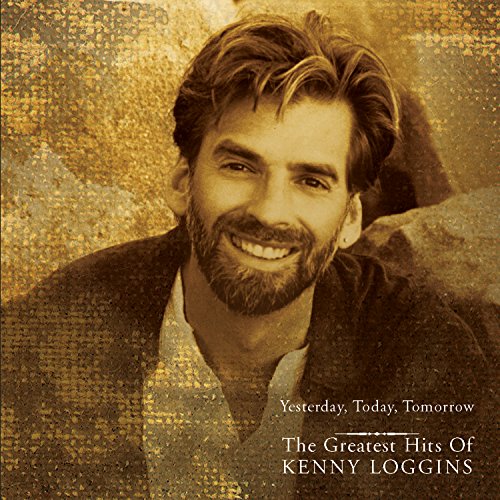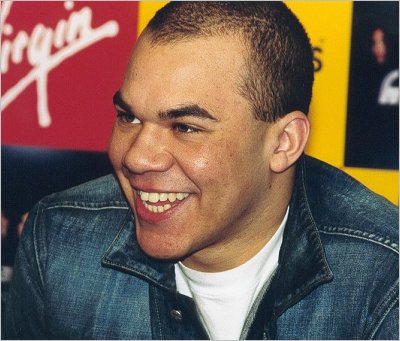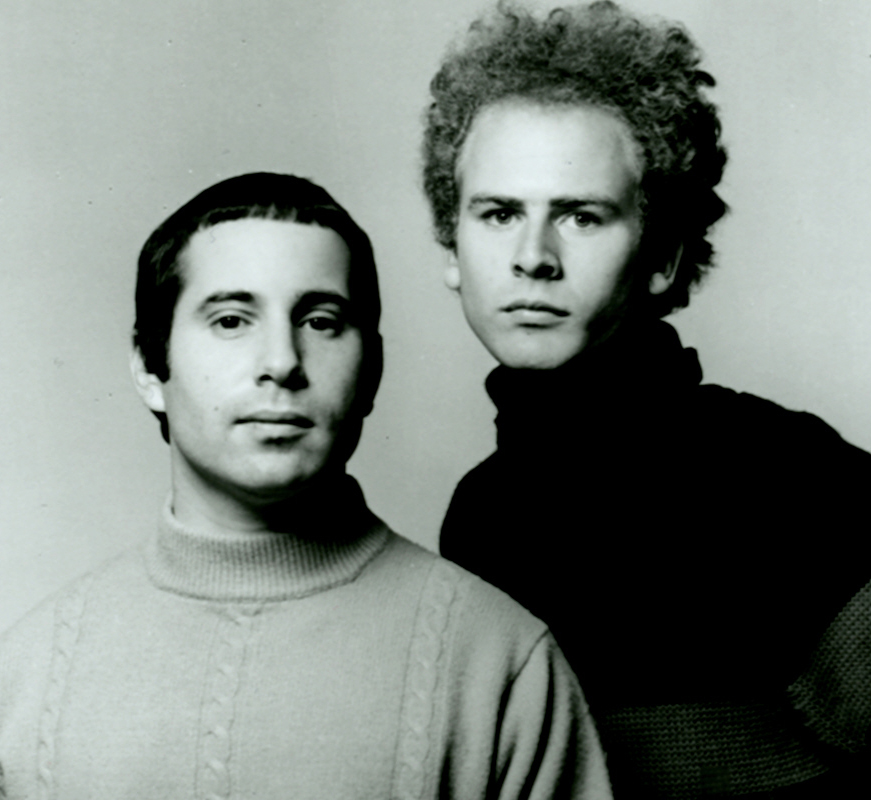
The Carpenters were a vocal and instrumental duo, consisting of siblings Karen and Richard Carpenter. With their brand of melodic pop, they charted a record-breaking score of hit recordings on the American Top 40 and Adult Contemporary charts, becoming leading exponents of the soft rock and easy listening genres. The Carpenters had three #1 singles on the Billboard Hot 100, and fifteen #1 hits on the Adult Contemporary Charts. In addition, they had twelve top 10 hits (including their #1 hits). It has been estimated that the Carpenters' album and single sales total to more than 100 million units, easily putting them high on the list of best-selling music artists.
During their fourteen year career, the Carpenters had ten albums, five of which contained top 10 singles (Close to You, Carpenters, A Song for You, Now & Then and Horizon), thirty one singles, five television specials, and one television series. They had numerous tours internationally, in countries such as the United States, Great Britain, Japan, Australia, Holland and Belgium. That was all cut short on February 4, 1983 with the passing of Karen Anne Carpenter, who succumbed to a cardiac arrest from complications of anorexia nervosa.
Their great talents combined together created a revolutionary type of music in the early 1970s. During the period when rock and roll reigned supreme, Richard and Karen seemed to develop a soft, soothing type of music. Their revolutionary music made them one of the most distinctive soft pop groups of the 1970s.
The two Carpenter siblings, Richard and Karen Carpenter, were born in New Haven, Connecticut. Richard Lynn was born on October 15, 1946, and Karen Anne was born on March 2, 1950 (d. February 4, 1983). During their childhood, Richard was seemingly quiet, while sister Karen was very outgoing and friendly. According to neighbors in various interviews, Richard always stayed inside the house and listened to records or played the piano. Even though Karen did the same, she usually played sports outside. It is noted on the TV series "This Is Your Life" that Karen occasionally played pitcher in softball.
In June of 1963, the Carpenter family moved to the Los Angeles suburb of Downey, California. The reasons mentioned for the move were because Karen and father Harold disliked the cold winters of New England and because their parents wanted Richard to be closer to the music industry. Karen had a hard time moving from New Haven because all of her close friends lived there.
Soon after the move, Richard attended college at the California State University at Long Beach, where he met future songwriting partner John Bettis and other colleagues with whom he would collaborate during the years with Spectrum and the Carpenter Trio.
Karen was just entering high school after the move, and there she found a desire for playing the drums. Even though Karen was known for being athletic, she stated that she disliked physical education. In order to circumvent the class, she asked brother Richard to discuss with some teachers and transfer her from physical education to another class. It was then agreed that Karen would take band instead of physical education. When Karen was in the band, teacher Bruce Gifford assigned Karen a glockenspiel, which Karen didn't like. Shortly after, though, friend Frankie Chavez inspired Carpenter to play the drums. They would occasionally practice the drums. "She and Frankie Chavez must have worked down the rudiments, the cadences, and the press-rolls for hours," recalls Richard. "By the time she got those drums she could knock it all off. It was no novelty."
























